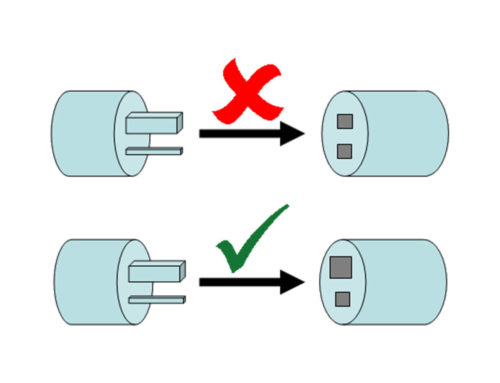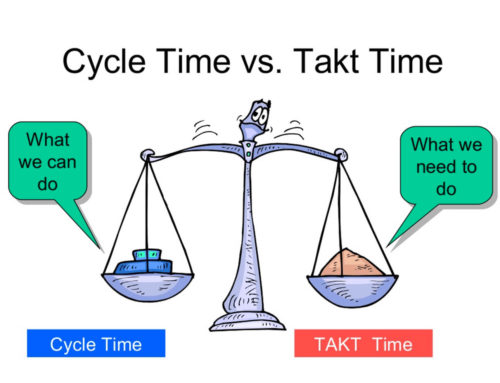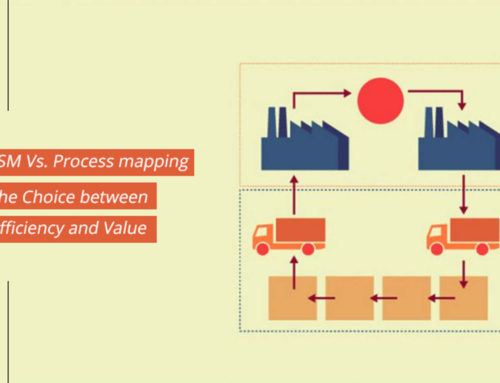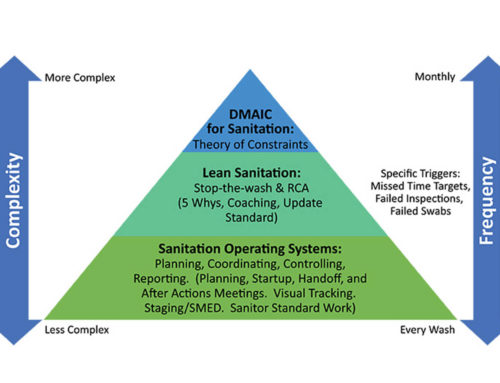5S is a technique invented by the Japanese for more hygienic, safe, clean, and symmetrical workplaces with the less leftover by-product. The food industry is a workplace that needs to run on 5S. Why? Because 85% of the cause of food safety and hygiene issues were because of a lack of Good Manufacturing Practices (GMPs). So, to reduce the percentage, they initiated this system and create a work-ehtic oriented environement. This kind of workplace enable ease in operations to deliver fast and refines results.
Rather than blaming the Critical Control Points and Hazard Shortcomings Japanese professionals came out with an incredible idea that undoubtedly has brought a big difference in the food industry.
Let us understand the concept of 5S, its principles and how it can benefit food industries.
Principles Of 5S:
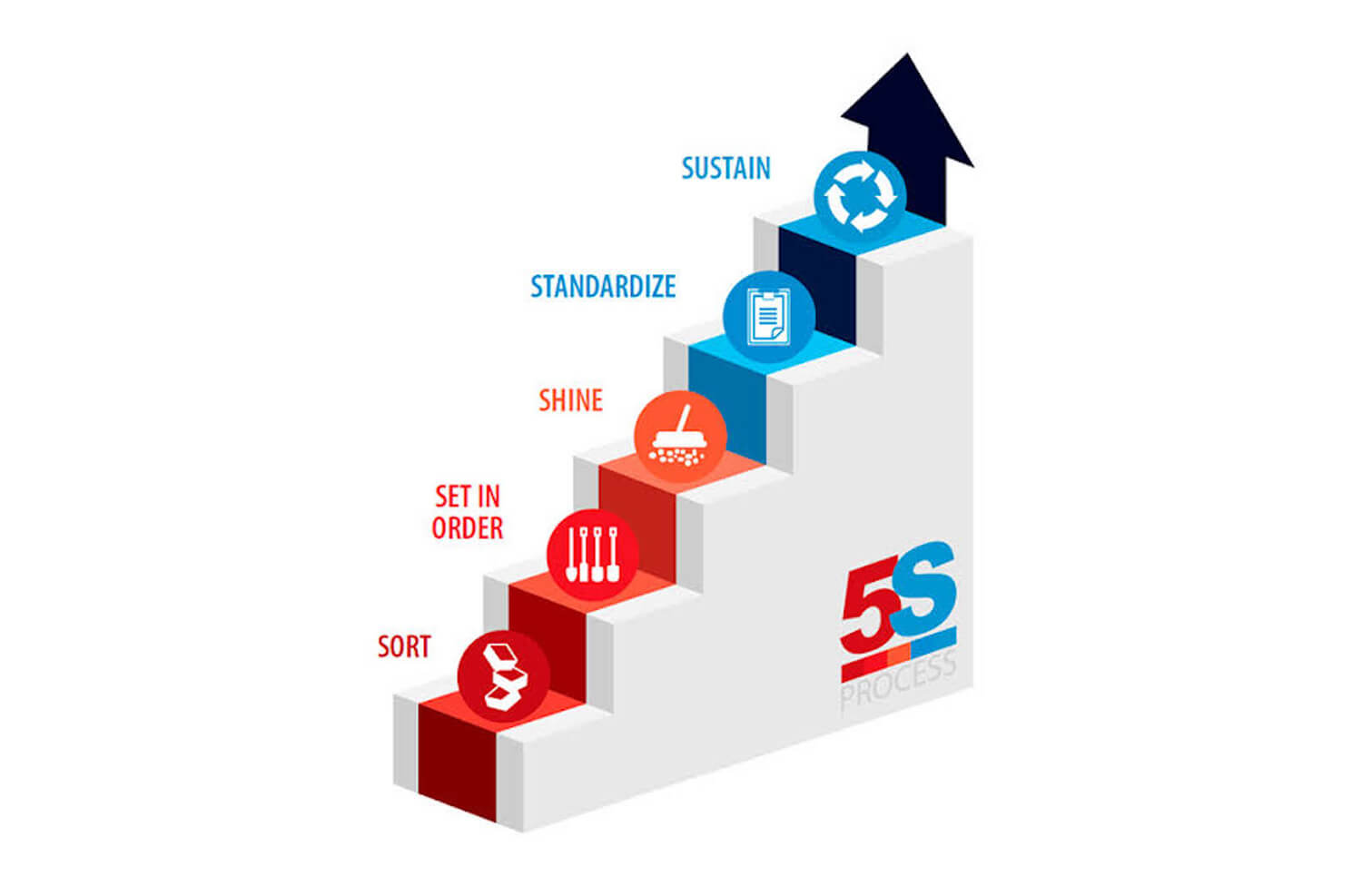 There are five phases of 5S which define the concept. These five words are literal translations of Japanese terms in order to amalgamate with regional realisatons. They are basic and suitable for all kind of work environements, irrespective of the shortcomings.
There are five phases of 5S which define the concept. These five words are literal translations of Japanese terms in order to amalgamate with regional realisatons. They are basic and suitable for all kind of work environements, irrespective of the shortcomings.
1. Sort:
The sort is translated from the Japanese word Seiri. It is the first principle of the 5S technique which teaches the organizations to remove all the unwanted items from their workplace by sorting all the wanted items to their respective locations. Sorting out the elements of work and rearranging them in the order of necessity brings in the ease to pick, analyse and execute.
2. Set in Order:
After Sorting, comes “sort in order” which is translated from the Japanese word Seiton. Once all the items are sorted by removing all the unnecessary items, it’s time to set all the necessary items in the order. This step helps to make the workflow efficient and smooth. As mentioned in the previous, order is a driving factor to inspire and motivate to work. With things in the vision, the employess will develop the capabilities of practice.
3. Shine:
Next comes “shine” which is interpreted from the Japanese word Seiso. It simply means to take care of the workplace and the items by cleaning, inspecting, and maintaining them. Post the order of the objects, a regular updation is indispensable, which also shines the workplace in its advancement.
4. Standardize:
The Japanese word seiketsu means “to standardize”. The steps sort, set, and shine are then standardized to ensure the repetition of the processes. Appropriting the work language to the standardized pattern brings more opportunity to the doorstep.
5. Sustain:
Japanese word shitsuke means “to sustain.” This step communicates the organization to follow all the steps without being told again and again. It teaches the lesson of self-discipline. With discipline the will to sustain continues thereby provisiding an identity of consistency to the factory.
The 5S concept is an universal module for the management of any kind of set up. As we undertand this working term, we shall understand the implementation methods and benefits of applying it to our work in the second part of the same blog.


